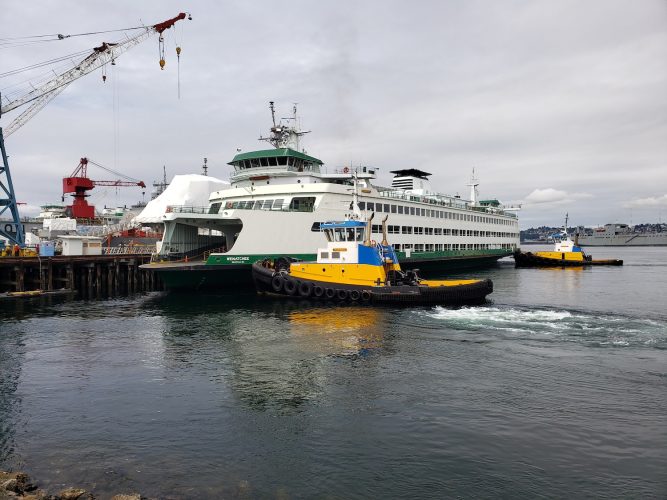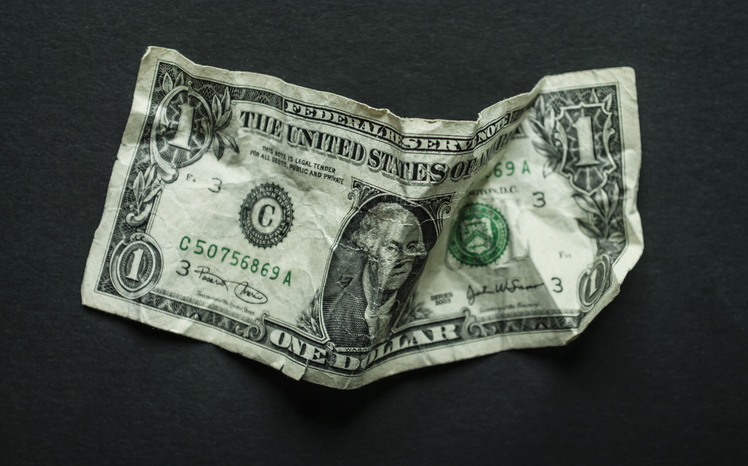TriplePundit • Washington’s Cap-and-Invest Program Supports Climate Projects as Federal Funding Fades

As federal climate funding is eliminated, Washington State’s cap-and-invest program offers a model for how states can cut greenhouse gas emissions while channeling billions of dollars into local climate solutions.
The program raised over $3 billion from major polluters to date, according to the State of Washington Department of Ecology. Most of that is already appropriated for specific projects, from weatherizing homes on tribal lands to funding wildfire prevention, and more than half of the money is going to tribal-led initiatives or to communities historically overburdened by pollution.
Established under the 2021 Climate Commitment Act and launched in 2023, Washington’s program limits the total carbon emissions allowed in the state and requires major polluters to buy “allowances” for each additional ton of emissions they produce. It’s among a select few of its kind in the United States, along with California’s cap-and-trade program and the Regional Greenhouse Gas Initiative, which includes 11 northeastern states.
Clean & Prosperous Institute developed an interactive map to help Washingtonians see the investments from the program at work. “Folks need to see that projects are happening and also see the full merits of the programs,” said Kevin Tempest, a research and development scientist at the nonprofit. “That feeds back into how the state allocates money.”
The Washington-based nonprofit already has more than 2,700 mappable points in its database. Among them is a project that may sound minor but is uniquely impactful for residents along Washington’s more than 3,000 miles of coastline: ferry electrification. Washington operates the largest ferry fleet in the nation, transporting more than 20 million passengers per year across Puget Sound and other waterways.
“The ferry fleet is the biggest diesel consumer from state agencies,” Tempest explained. Washington ferries burn approximately 19 million gallons of diesel fuel each year, according to the state’s Department of Transportation. With funding from the cap-and-invest program, they are working to transition the fleet to hybrid electric and build out charging infrastructure in ferry terminals, with the goal of becoming emissions-free by 2050, Tempest said.
The cap-and-invest program has also funded tribal-led riverway and salmon habitat restoration, community solar farms, landfill methane capture systems, bike lanes, electric vehicle charging stations, and community education programs across the state. Residents and community groups can search for specific projects or filter by project category — such as tribal-led projects, electrification projects and public transit — using the Clean & Prosperous Institute’s database. “Being able to go to our map right away and see the $3 billion and investment categories is really important,” Tempest said.
Along with funding projects that reduce emissions, cut pollution and lower energy costs in communities, the program is designed to make sure pollution goes down over time, Tempest said. The annual cap, or ceiling, on total greenhouse gas emissions allowed in the state declines over time, forcing overall emissions down. Large emitters — such as fuel suppliers, utilities and major manufacturers — must obtain allowances for every ton of carbon they release. That gives emitters a few options: reduce their emissions, buy allowances at state auctions, or buy them from other companies that have reduced their emissions more than required. If a company emits less than their allowance, they can trade the surplus on secondary markets — much like trading stocks — or keep it for later. Meanwhile, the revenues fund climate-related projects, from clean transportation to energy efficiency to forest restoration.
Unlike a carbon tax — which only puts a price on carbon, leaving the door open for emitters to simply raise their prices to offset the cost — setting a fixed cap on emissions that decreases over time serves to further guarantee emissions will actually go down, Tempest said.
While the program has critics, advocates like Tempest consider Washington’s cap-and-invest initiative a win for the state.
“It’s important to see there is a ton of work being done in Washington, and it’s well received,” Tempest said. “It’s popular. People want to see it done. People want to see the government take this on and partner with them. We want to see pollution reduction.”
With billions in funding already committed and thousands of projects underway, Washington’s cap-and-invest program is showing how state-level policy — independent of the federal government — can deliver climate action.
Featured image credit: Washington State Department of Transportation/Flickr



Post Comment